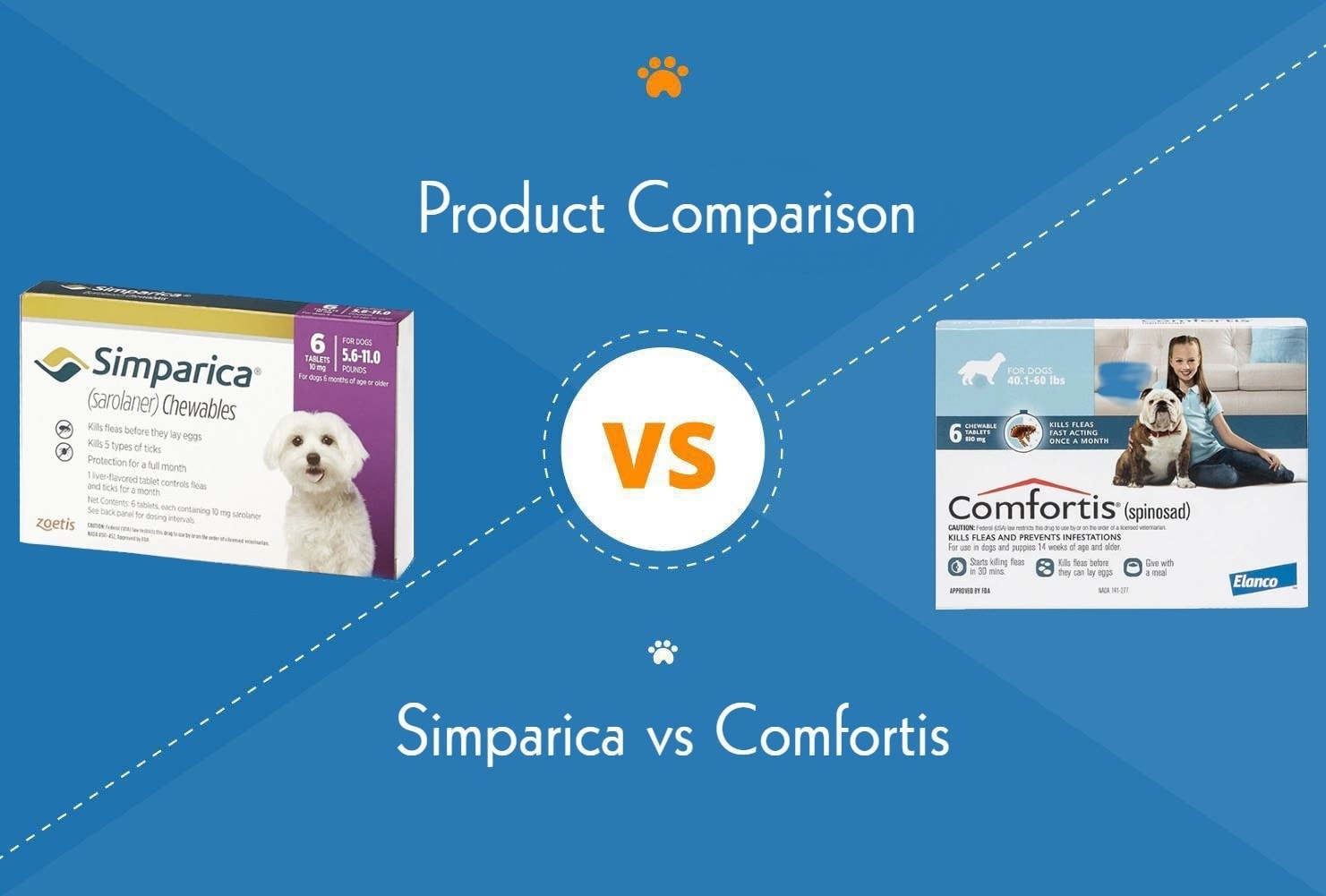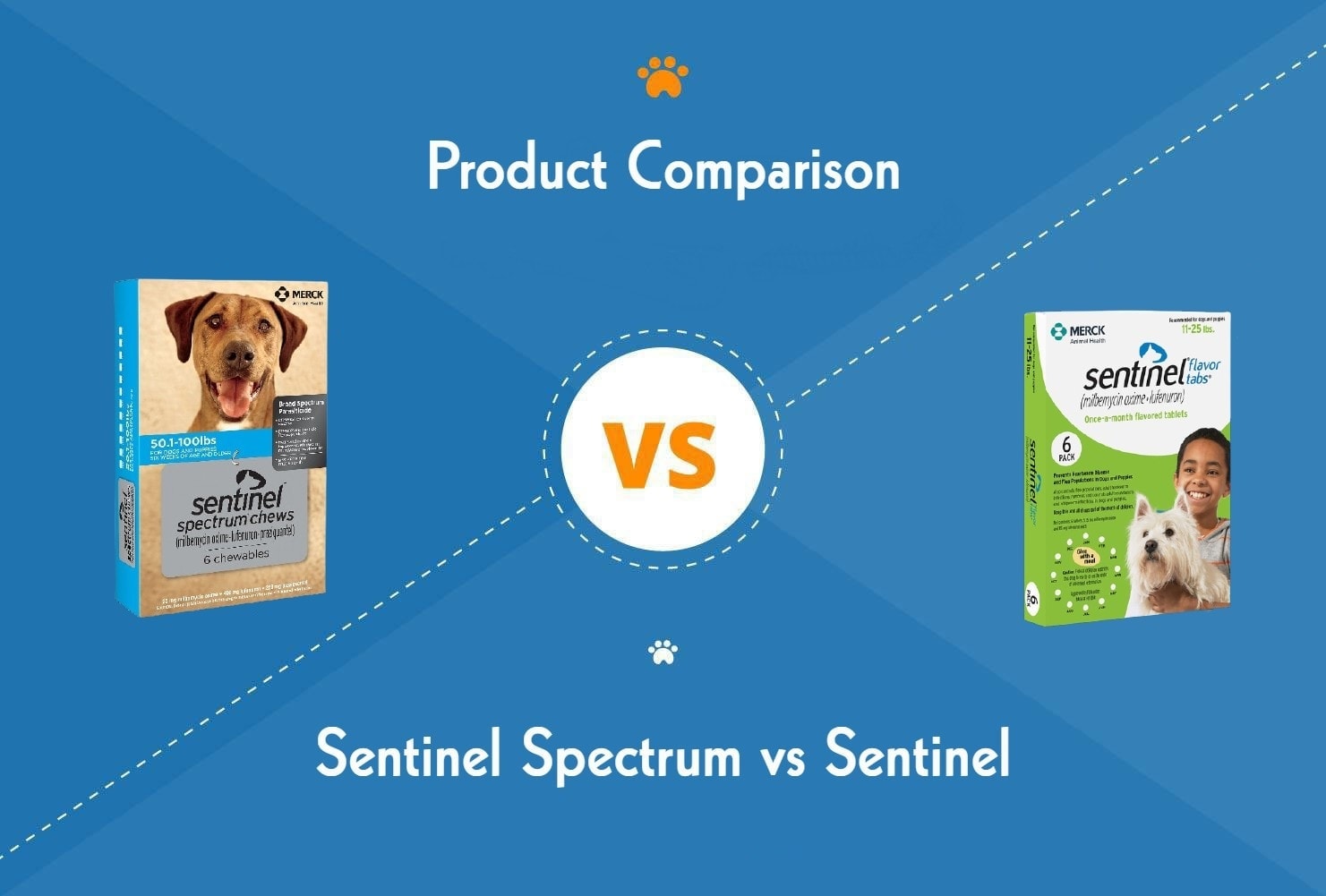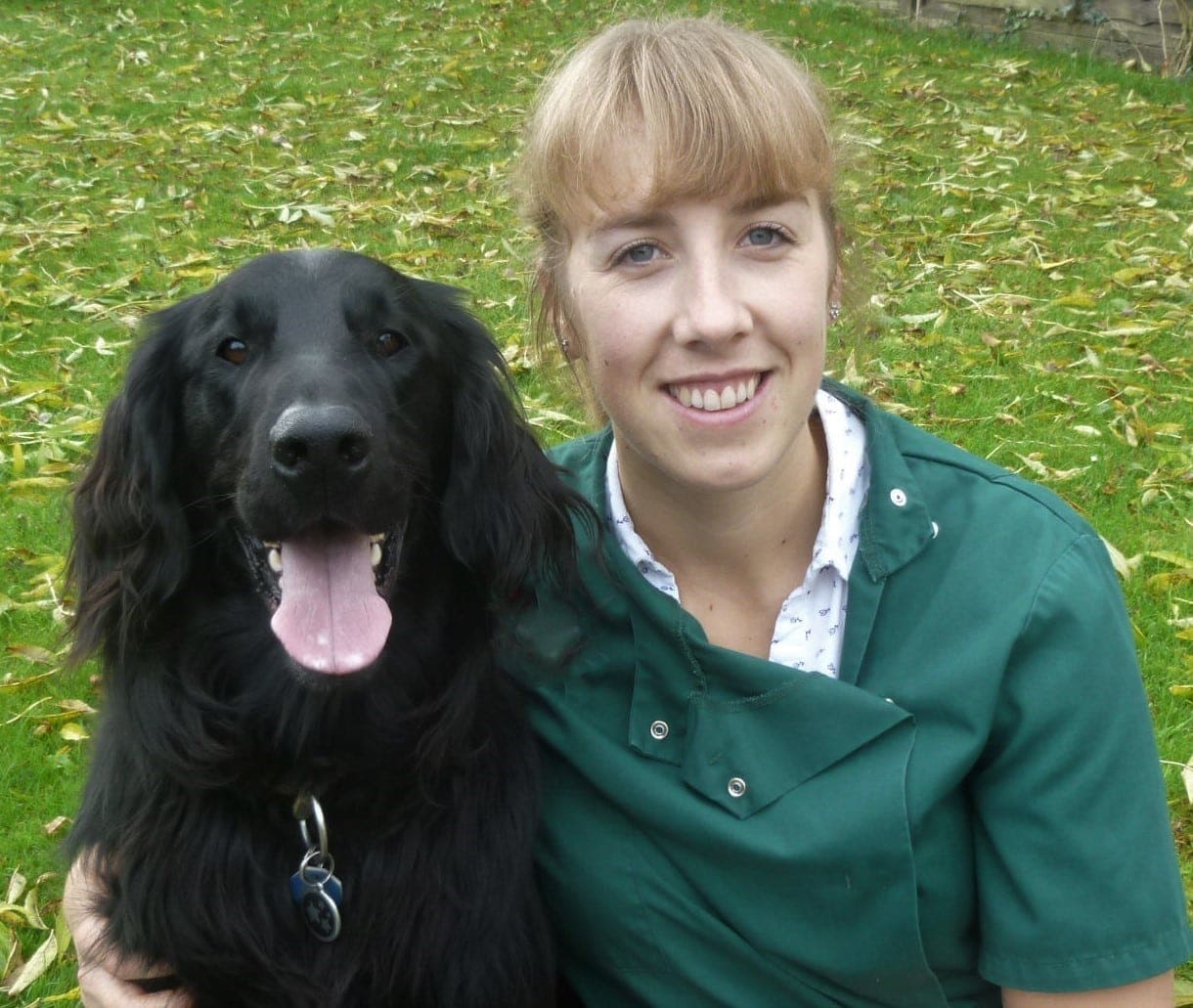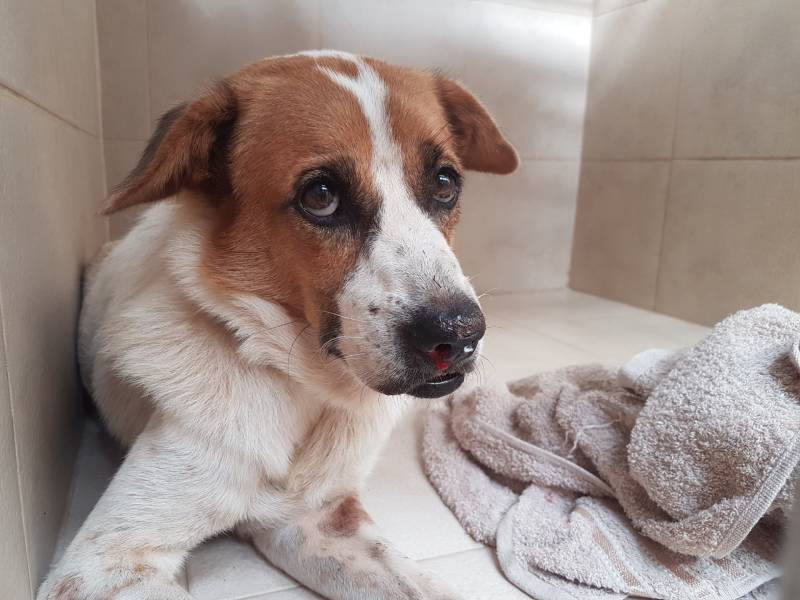My Dog Ate Oreo Cookies! Our Vet Explains What To Do

By Dr. Olivia Speight, BVSc MRCVS (Vet)
Updated on
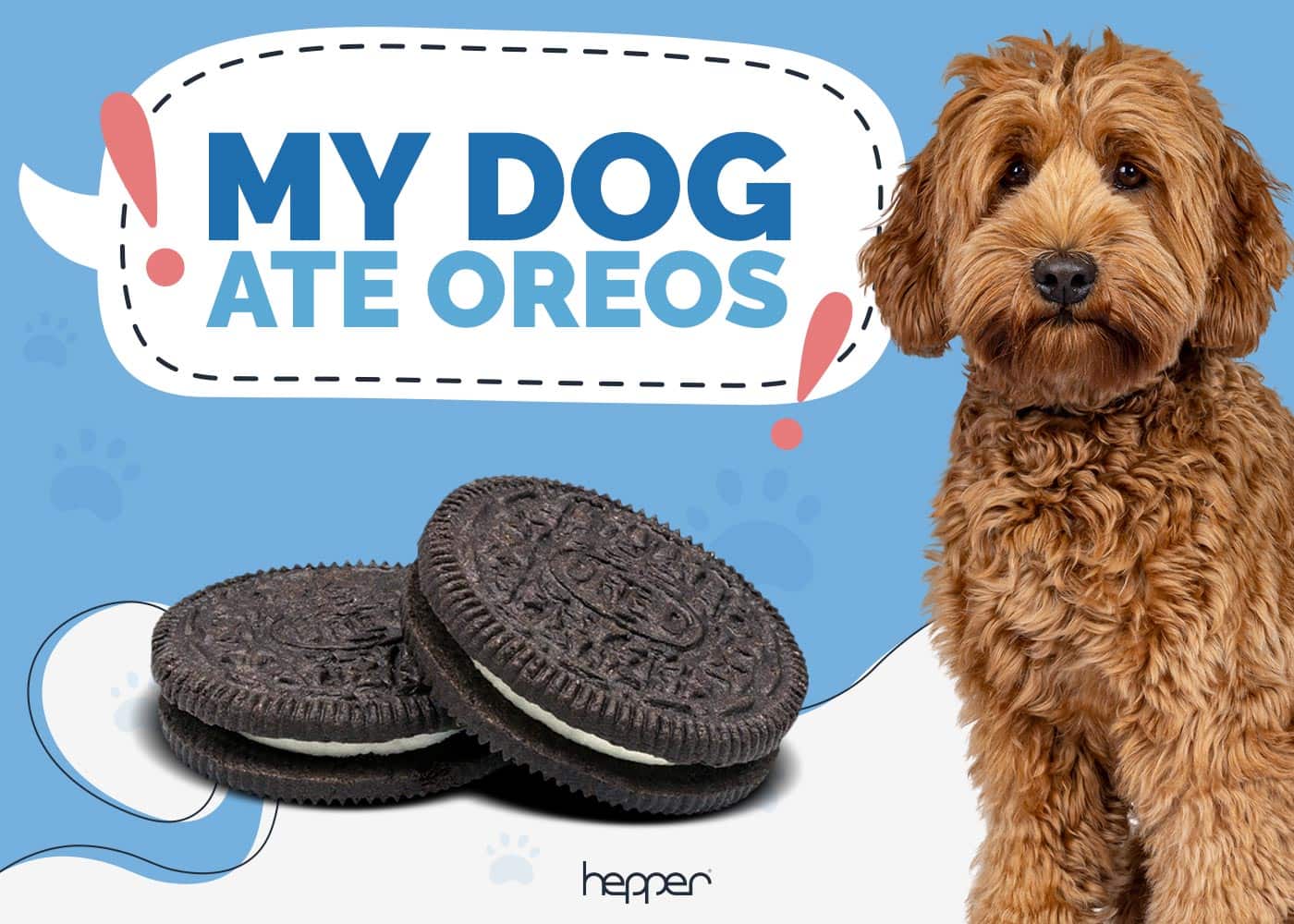
Oreo cookies are totally delicious and are considered by many of us to be one of our favorites, but what happens if your dog takes a liking to them too? Apart from being upset that you’ve had to share them, should you be concerned for any other reasons?
There are many popular human foods that are actually toxic to dogs: dried fruits, chocolate, onions, and alcohol to name a few. It is very rare that these foods are given intentionally to pets with the aim of harming them or making them ill. More frequently, the dogs have helped themselves to a snack or they are fed as treats by owners who are unaware of the damage these foods can cause. But can dogs eat Oreos?
This article aims to help answer any questions you may have about what is likely to happen if your naughty pooch helps himself to one or two, or even the whole pack of Oreos.
My Dog Ate Oreos, What Do I Do?
The best advice here is to call your veterinary surgeon as soon as possible. Their advice will depend on the number of cookies eaten, whether any packaging was swallowed, and any other health conditions your dog has. Your vet will assess the risk and may offer to make your dog vomit, or they might administer some medications or simply advise you to monitor for any concerning signs.
What Happens to Dogs After Eating Oreos?
Many flavored or coated varieties of Oreos are now available, but the original is made up of two chocolate-flavored wafers/biscuits sandwiched together with a sweet crème filling. The main ingredients are sugar, flour, palm oil, cocoa, vanilla flavoring, and chocolate.
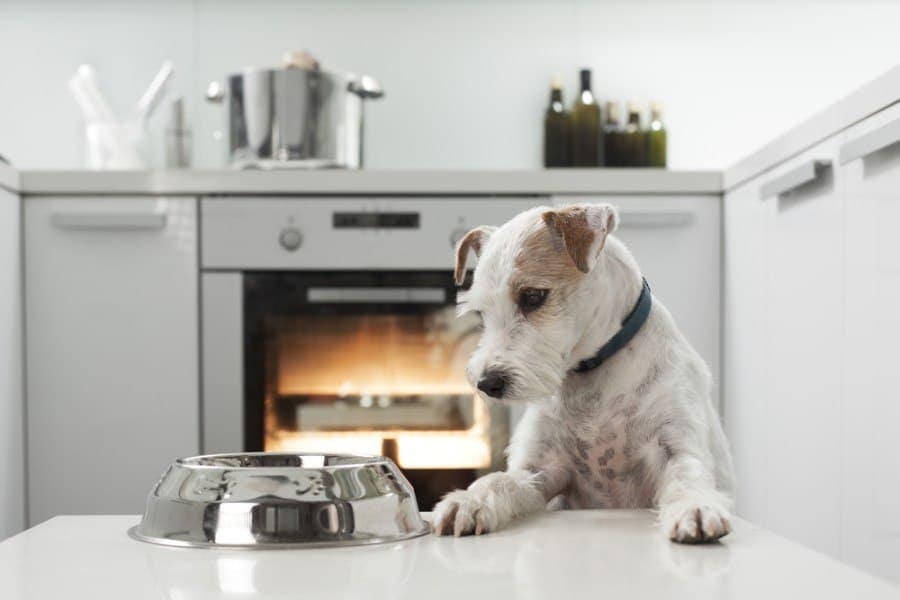
The nutritional content of an Oreo is mostly carbohydrates (sugars) and fat, with a very small proportion of proteins and absolutely no vitamins. These snacks may be delicious but they certainly can’t be classed as nutritious!
There are approximately 50 calories in one cookie. The calorie requirements of a dog vary depending on its age, sex, breed, and activity level. For example, an average 10-kilogram dog will need around 500-600 kcal per day, so even one cookie is quite a big chunk of those calories. Now imagine if they ate a whole packet or they were given two a day a day on top of their balanced diet. It’s easy to appreciate how quickly a dog’s weight can increase and negatively affect their health.
- Chocolate
Most of us are aware that chocolate is toxic to dogs. This is due to a substance called theobromine which is found in cacao (the plant used to make cocoa and chocolate). On its own, it has a bitter taste, but when mixed with sugar and other ingredients, it is pretty tasty. Theobromine is similar to caffeine and side effects range from mild (hyperactivity or tummy upsets) to severe (affecting the nervous system and heart), and in very worst cases, death.
Theobromine content varies hugely in different types of chocolate with the highest amounts being present in baking cocoa powder and dark chocolate and the lowest amounts in white chocolate. Thankfully, although Oreos are flavored with and contain both chocolate and cocoa, the actual amounts are small and you would be unlikely to see any serious side effects in your dog related to the chocolate in these cookies. However, this does depend on the number of cookies eaten.
- Sugar and Fat
In each Oreo cookie there is 4.2 grams of sugar, which is 1 teaspoon – that’s a lot of sugar! There’s also 2.1 g of fat, which is approximately half a teaspoon. High sugar and fat intake in dogs causes gastrointestinal issues (tummy upsets), such as vomiting and diarrhea, and can result in pancreatitis. This can be a serious and painful condition caused by inflammation of the pancreas and is often associated with high fat or sugar meals, along with other causes. In dogs with certain medical conditions such as diabetes, a high sugar intake is life threatening and you must contact your vet immediately for advice.
- Palm Oil
This is oil derived from the fruit of the palm tree. It is not toxic to dogs but it does have a laxative effect, contributing to the risk of your dog developing diarrhea after enjoying this tasty snack.
Other Dangers of Oreos for Dogs
Unfortunately, the cookies themselves aren’t the only issue here. If your dog ripped open the packaging to get to them, then they may have swallowed some of this, too. This packaging has the potential to cause a dangerous physical blockage within your pet’s gastrointestinal tract.
What Happens if a Dog Eats Oreos?
Side effects seen depend on the number of Oreos eaten and also the size of the dog. The most frequent signs that develop are tummy upsets such as vomiting or diarrhea. These can vary from mild to severe and sometimes even require hospitalization.
There is a risk of dehydration due to fluid loss (through vomiting and diarrhea), particularly in dogs that are old, young, or have other medical conditions. It is important to try and avoid this and to seek advice from your vet if you are at all concerned. Signs to look out for can be a lack of energy, dull eyes, sticky gums, a reduction in the amount of water being drank, or less urine being passed.
Can Problems Be Treated?
Vomiting and diarrhea often resolves within a few days with supportive care such as feeding a bland diet, encouraging fluid intake, and, sometimes, medications from your vet. We never advise withholding food or water from your pet. Instead, feed them small, frequent meals of foods such as chicken, white fish, scrambled egg alongside rice or pasta, or a specially developed gentle diet from your vet. You can always add small amounts of water to food to increase water intake.
Hospitalization for intravenous fluids (a drip) and other medications may be necessary in cases of severe vomiting or diarrhea, in dogs that develop pancreatitis, or dogs that refuse to eat for more than 24hours.
Signs of gastrointestinal blockage (due to packaging, for example) include abdominal pain, persistent or repeated vomiting and lethargy. These cases require urgent veterinary attention. Your vet will examine your pet and if a blockage is suspected, abdominal imaging (most likely an X-ray) will be recommended to help diagnose the problem. In cases where a blockage is present, major surgery is often required, which can sometimes require the removal of portions of the guts. Avoiding this issue in the first place is definitely advised!
Does It Matter How Many They Ate?
Short answer: yes. The more cookies consumed, the more potentially harmful ingredients are ingested and the higher the risk of problems. This does also depend on the size of the dog. This doesn’t mean that if you have a giant breed dog that it is okay to feed them the occasional Oreo intentionally – it’s not! They won’t thank you for it, and there are far better and healthier alternatives out there.
I’m Not Sure When My Dog Ate Oreos – What Do I Do?
It can take 2-6 hours for food to move from a dog’s stomach into their intestines and up to 10-12 hours to absorb it. Feed your dog a bland diet for 24-48 hours and ensure they have access to fresh water and are allowed frequent trips outside to the toilet. I would advise keeping an eye on their stools for the following few days as well. Monitor for any signs of concern and seek advice from your veterinary clinic if you do have any.

How to Reduce the Risk of Dogs Eating Oreos?
The best way to reduce the chance of your dog eating Oreos is to make sure there’s no chance they can get their chops on them in the first place. This means not leaving them on the counter in the kitchen, on reachable plates on tables, or in any easily accessible cupboards. If you have young children in the house that drop food, keep the dog out of the kitchen at meal times (for their own safety). Always assume that even the best behaved dog will succumb to temptation at some point.
Ensure all family members and any visitors or pet-sitters know what your dog is (and isn’t!) allowed to eat as treats. You should discuss the potential serious side effects that could result (or show them this article!).
Sometimes, despite all our best efforts, accidents happen. If at any point you are worried your pet may have eaten anything harmful or they are showing concerning signs, you must contact your veterinary team to discuss it. We would much rather you ask for advice when you need it early enough that something can be done rather than wait until it is too late.
Related Reads:
- My Dog Ate a Bee! Here’s What to Do (Vet Answer)
- My Dog Ate a Toad! Here’s What to Do (Our Vet Answers)
Featured image credit: Pixabay



